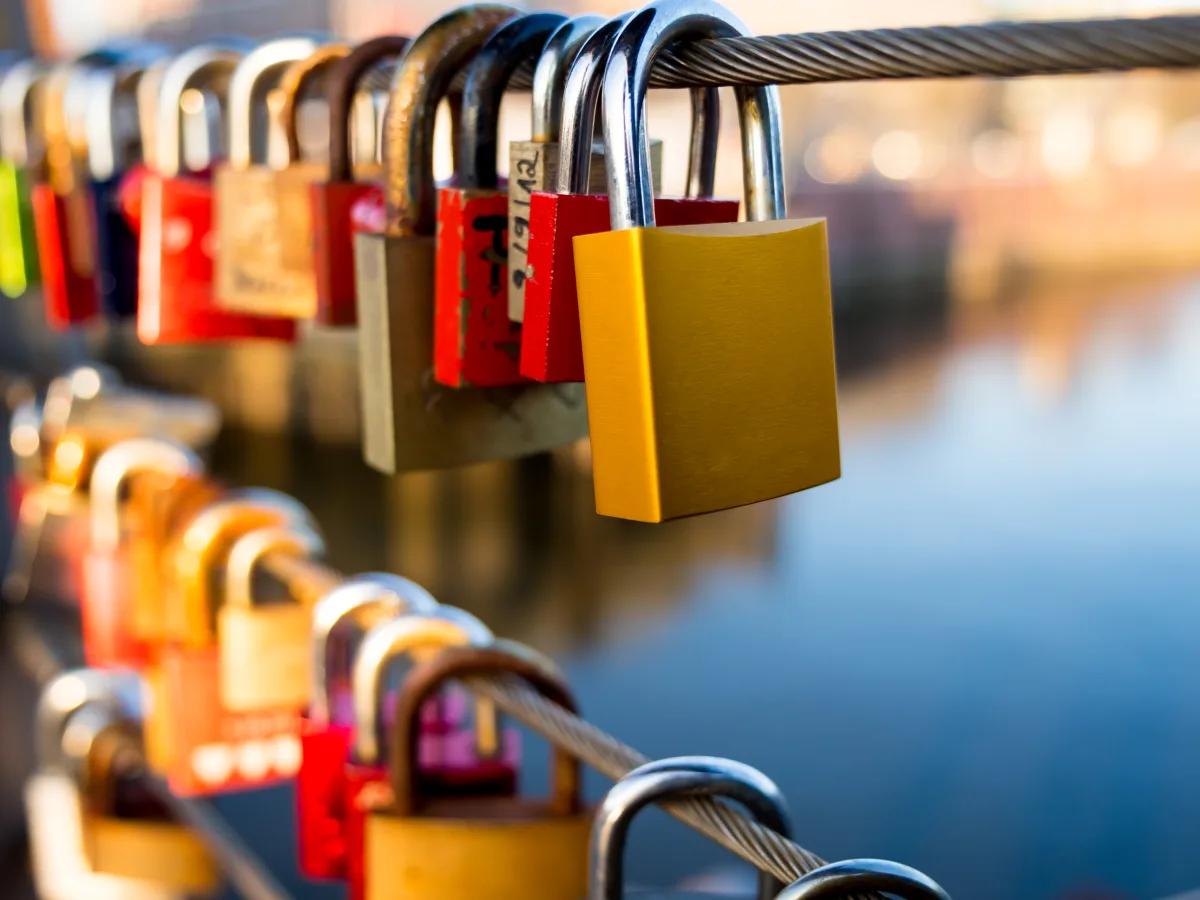Smokehouse locks have a long and storied history, dating back to their origins in England. These locks were initially made from wrought iron sheet and featured simple lever and ward mechanisms. While they provided some level of protection against forced entry, they were not entirely secure. Over time, advancements in manufacturing methods led to the development of more robust and reliable padlocks, rendering the smokehouse lock obsolete by the early 20th century.
Early Padlock Designs
The use of padlocks can be traced back to ancient times, with evidence of their existence dating as far back as the Roman Era. Merchants traveling along ancient trade routes, including those leading to China, were known to use padlocks for securing their goods.
In Europe, padlocks gained popularity during the middle La Tène period and eventually spread to the Roman world and other cultures. Roman padlocks featured a long bent rod attached to the case, while Przeworsk and Chernyakhov padlocks had a sleeve attached to the case and a long bent rod that could be inserted into both the case and the sleeve.
In China, padlocks were used as early as the late Eastern Han Dynasty. These early Chinese padlocks were primarily key-operated locks with splitting springs, as well as partially keyless letter combination locks. They were typically made from bronze, brass, silver, or other materials.
Evolution of Padlock Technology
As time went on, padlock designs continued to evolve. In the 19th century, Scandinavian-style locks, also known as Polhem locks, became a more secure alternative to smokehouse locks. Invented by Swedish inventor Christopher Polhem, these locks featured a cast iron body loaded with a stack of rotating disks. The key rotated each disk until the notches lined up with the shackle, allowing it to slide out of the body.
Another significant development during this time was the introduction of cast heart locks. These locks had a lock body cast from brass or bronze, making them stronger and more resistant to corrosion than smokehouse locks. They also featured a spring-loaded cover over the keyhole, known as a drop, to keep dirt and insects out of the lock. Additionally, a chain could be attached to the lock body to prevent it from getting lost or stolen.
By the late 19th century, lock makers realized they could create more economical padlocks by using stamped and riveted steel or brass shells instead of casting thick metal bodies. This new design allowed for easier manufacturing and lower costs. Machined body padlocks, which could be disassembled for key fitting, also became popular during this time.
In the early 20th century, the invention of laminated padlocks by Harry Soref further revolutionized the industry. These padlocks consisted of punched metal plates stacked and riveted together, providing both low cost and impact-resistant protection.
Types of Padlocks
Padlocks come in various types, each with its own unique features and uses. Some of the most common types include:

- Combination Locks: These locks do not require keys and open when the correct combination is entered.
- Electronic Locks: Electronic padlocks can be unlocked using mobile phone Bluetooth, NFC, or fingerprint recognition.
- Steel Cable Locks: These locks have a flexible cable that can be bent and locked to the desired length.
- High-Security Locks: These locks are designed to resist forced entry and are often tested for their tensile strength.
Symbolism and Uses
Padlocks, particularly closed ones, are often used as symbols of security and inaccessibility. They are commonly seen in the context of secure online transactions, where a locked padlock icon indicates the use of encrypted data. Love locks, which are physical padlocks attached to fixtures by couples to symbolize their everlasting love, have also gained popularity in certain tourist locations.
In Conclusion
Smokehouse locks played a significant role in the history of padlocks but have since been surpassed by more advanced and secure designs. From their humble beginnings as simple lever and ward mechanisms to the modern electronic and high-security padlocks of today, the evolution of padlock technology has been driven by the need for improved security and convenience. Whether used to secure valuables or symbolize everlasting love, padlocks continue to serve as an essential tool in our daily lives.
If you want to know other articles similar to Evolution of padlock technology: a brief history you can visit the Padlock evolution category.

